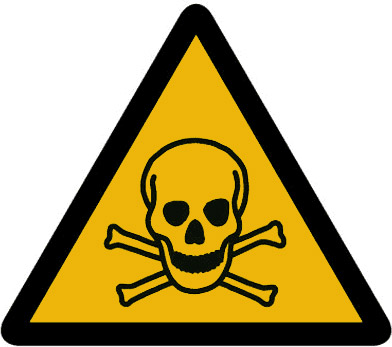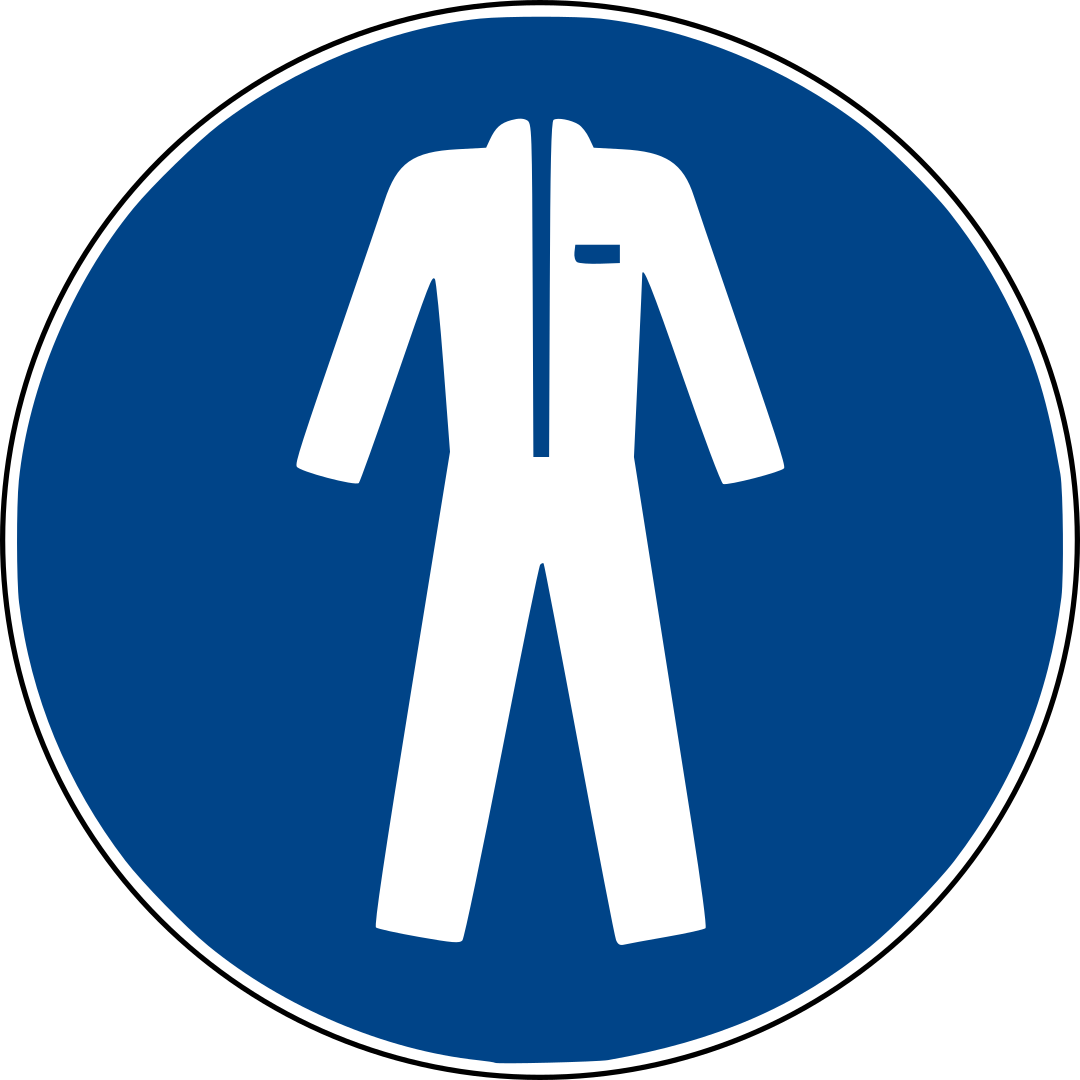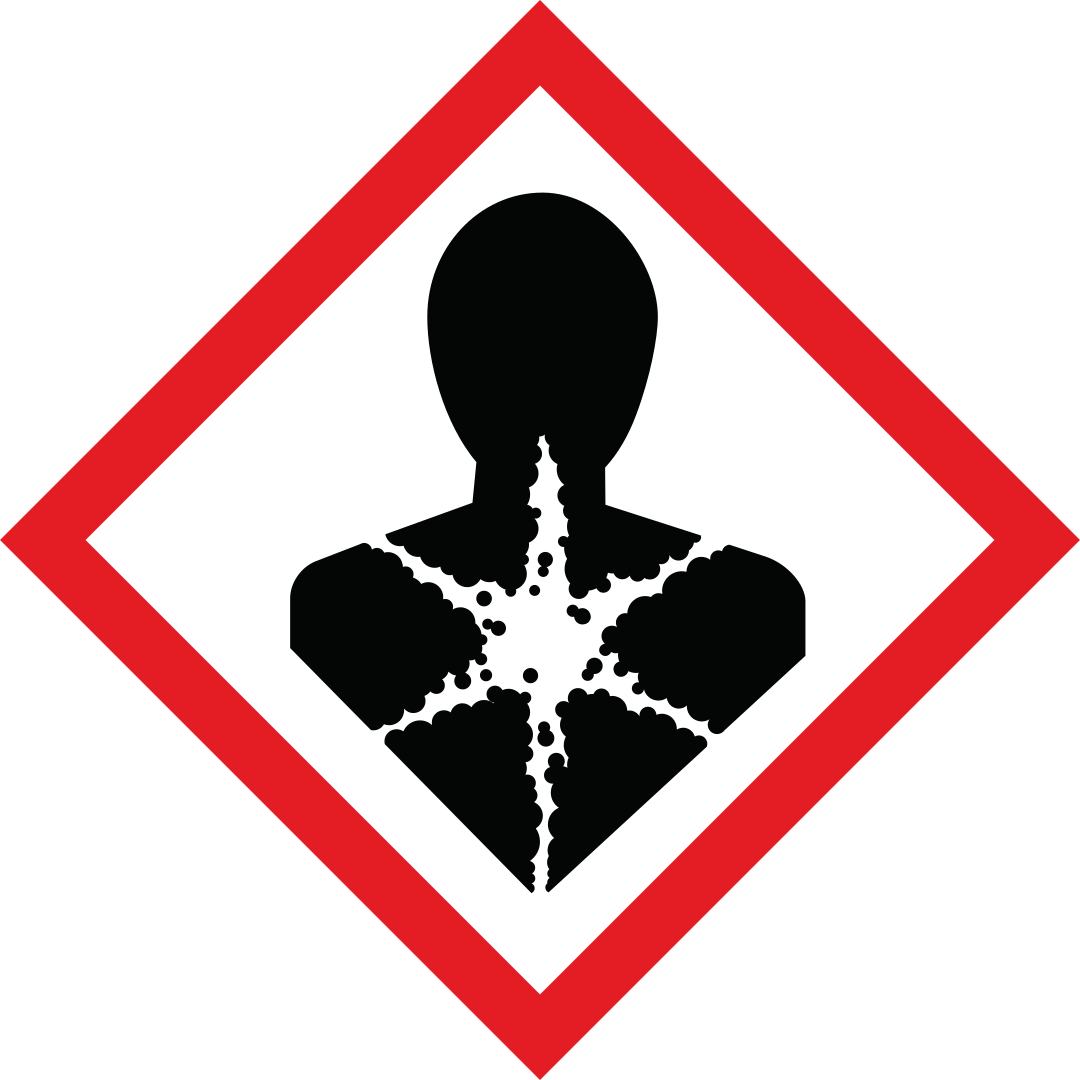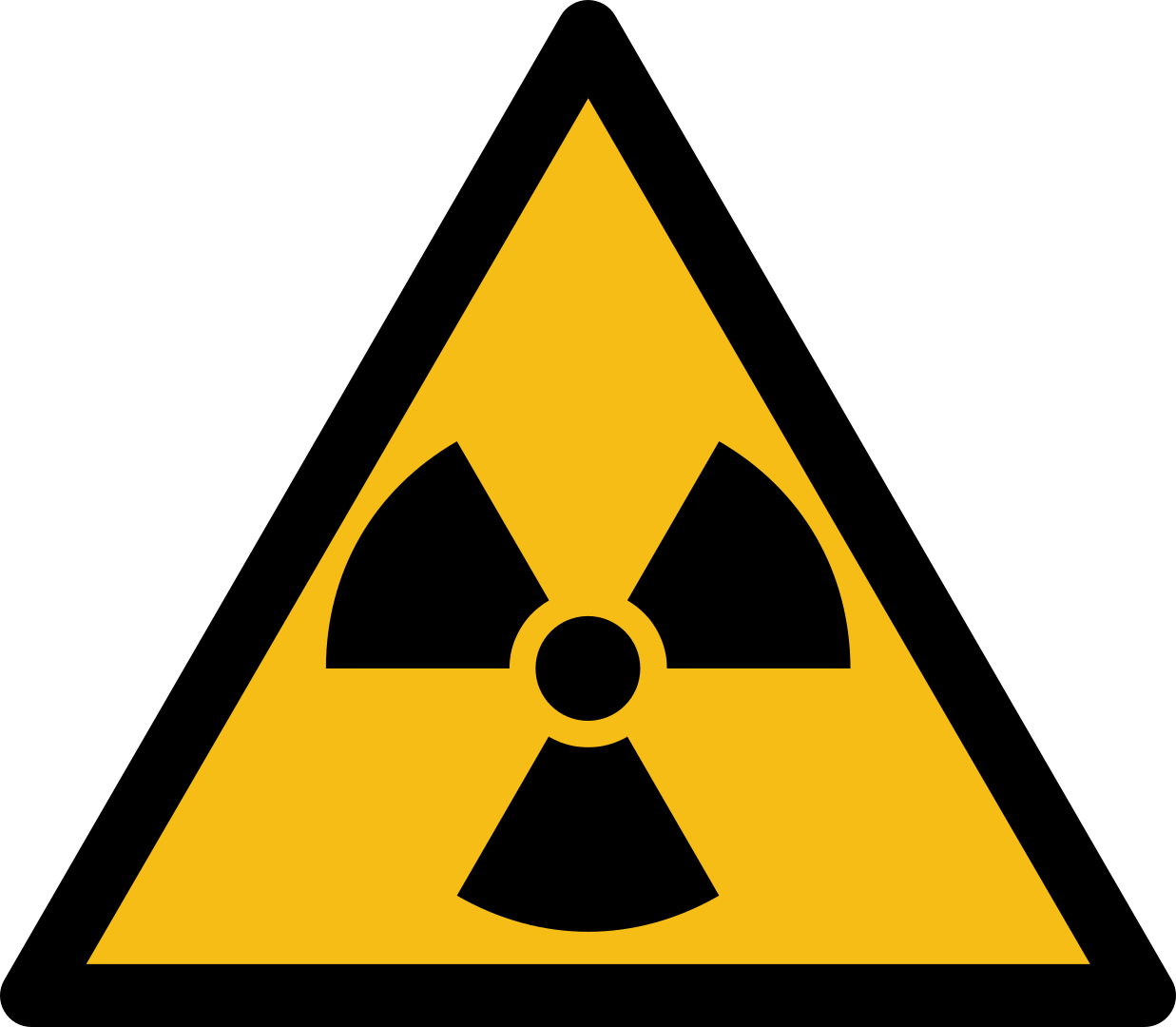You have 45 minutes to answer 50 multiple choice CSCS Health, Safety and Evironment Test questions for Operatives and Specialists. You need to answer at least 45 out of 50 questions correctly to pass. Answers may be reviewed after each question or at the end of the test. Good luck!
List of questions in above test (quick view). Click question box to reveal correct answer.
1. Who is LEGALLY responsible for health and safety on site?
Give ONE answer
AB
C
D
Correct Answer: A
Explanation: The responsibility of everyone to uphold health and safety is not just moral - it is also legal.
Explanation: The responsibility of everyone to uphold health and safety is not just moral - it is also legal.
2. Which of the following is an expression of RISK?
Give ONE answer
AB
C
D
Correct Answer: D
Explanation: RISK concerns how likely a hazard is to cause harm, and how serious that harm could be.
Explanation: RISK concerns how likely a hazard is to cause harm, and how serious that harm could be.
3. Which of the following is NOT the point of a method statement for a job?
Give ONE answer
AB
C
D
Correct Answer: D
Explanation: A method statement is used to explain in detail how a job will be safely executed.
Explanation: A method statement is used to explain in detail how a job will be safely executed.
4. Which of the following describes the role of COSHH Assessments?
Give ONE answer
AB
C
D
Correct Answer: D
Explanation: COSHH assessments are used to assess and mitigate (in advance) the risk of working with hazardous substances.
Explanation: COSHH assessments are used to assess and mitigate (in advance) the risk of working with hazardous substances.
5. You notice some cables on site which you think may pose a hazard, what should you do?
Give ONE answer
AB
C
D
Correct Answer: C
Explanation: If you notice hazards, you are responsible for reporting them.
Explanation: If you notice hazards, you are responsible for reporting them.
6. Which of the following is a TRUE statistic relating to deaths from exposure to silica dust?
Give ONE answer
AB
C
D
Correct Answer: B
Explanation: Hundreds of people die annually from exposure to silica dust. It is a serious hazard.
Explanation: Hundreds of people die annually from exposure to silica dust. It is a serious hazard.
7. What TWO factors may increase the risks associated with hazardous airborne substances?
Give TWO answers
AB
C
D
E
Correct Answer: B, D
Explanation: Airborne hazardous substances become more dangerous in higher concentrations and badly ventilated workspaces.
Explanation: Airborne hazardous substances become more dangerous in higher concentrations and badly ventilated workspaces.
8. You are cutting medium density fibreboard (MDF) panels. What particular respiratory hazard should you watch out for?
Give ONE answer
AB
C
D
Correct Answer: B
Explanation: MDF creates especially fine dust, which can be inhaled far into your body.
Explanation: MDF creates especially fine dust, which can be inhaled far into your body.
9. Which statement is TRUE regarding legionella bacteria?
Give ONE answer
AB
C
D
Correct Answer: C
Explanation: Legionella bacteria can be present in various parts of buildings. They are not only found in natural environments.
Explanation: Legionella bacteria can be present in various parts of buildings. They are not only found in natural environments.
10. Which approach is the best one to use when cutting wood?
Give ONE answer
AB
Correct Answer: A
Explanation: Wood is one of a few materials for which wet cutting is not a suitable choice.
Explanation: Wood is one of a few materials for which wet cutting is not a suitable choice.
11. Which THREE colours are used to indicate the voltage of a tool?
Give ONE answer
AB
C
D
Correct Answer: B
Explanation: Yellow, blue, and red are used to colour-code tools according to the level of voltage they use.
Explanation: Yellow, blue, and red are used to colour-code tools according to the level of voltage they use.
12. When should you route cables across the ground?
Give ONE answer
AB
C
D
Correct Answer: C
Explanation: Routing cables at floor level should only be done if you cannot route them overhead.
Explanation: Routing cables at floor level should only be done if you cannot route them overhead.
13. A fuse blows whilst you are using your tool. What should you do?
Give ONE answer
AB
C
D
Correct Answer: D
Explanation: A blown fuse indicates a problem with the equipment. Turn it off and inform your manager. Do not attempt repairs unless you are sufficiently trained, authorised, and competent.
Explanation: A blown fuse indicates a problem with the equipment. Turn it off and inform your manager. Do not attempt repairs unless you are sufficiently trained, authorised, and competent.
14. When using a tool with guards, what TWO things must you check before beginning work?
Give TWO answers
AB
C
D
Correct Answer: A, B
Explanation: Guards on tools must always be correctly functioning and adjusted.
Explanation: Guards on tools must always be correctly functioning and adjusted.
15. How can you tell if you suffer from tinnitus?
Give ONE answer
AB
C
D
Correct Answer: C
Explanation: Tinnitus is experienced as a constant ringing or buzzing in the ears.
Explanation: Tinnitus is experienced as a constant ringing or buzzing in the ears.
16. What are two signs you may be developing hearing damage?
Give TWO answers
AB
C
D
Correct Answer: C, D
Explanation: You may be developing hearing damage if you are struggling to hear sounds at normal levels.
Explanation: You may be developing hearing damage if you are struggling to hear sounds at normal levels.
17. Whilst demolishing an interior wall you come across some bats roosting. What should you do?
Give ONE answer
AB
C
D
Correct Answer: C
Explanation: If you come across bats roosting, or disturb wildlife of any kind, you must stop work and ask for advice on how to proceed.
Explanation: If you come across bats roosting, or disturb wildlife of any kind, you must stop work and ask for advice on how to proceed.
18. What must you be aware of when working on a brownfield site?
Give ONE answer

B
C
D
Correct Answer: C
Explanation: Brownfield sites are sites that have been previously used for industry, or previously built on. Hazardous substances may still be present.
Explanation: Brownfield sites are sites that have been previously used for industry, or previously built on. Hazardous substances may still be present.
19. Some fumes and poisonous gases can be heavier than air. Why is this a risk?
Give ONE answer
AB
C
D
Correct Answer: B
Explanation: Gases heavier than air will "pour" into a space and displace oxygen.
Explanation: Gases heavier than air will "pour" into a space and displace oxygen.
20. What are a CAT and a genny?
Give ONE answer
AB
C
D
Correct Answer: C
Explanation: A cable avoidance tool (CAT) and a genny will help detect underground cables.
Explanation: A cable avoidance tool (CAT) and a genny will help detect underground cables.
21. When it comes to construction site fatalities, what rough proportion are the result of falls from height?
Give ONE answer
AB
C
D
Correct Answer: B
Explanation: About half of construction site fatalities are the result of falls from height.
Explanation: About half of construction site fatalities are the result of falls from height.
22. What is ONE example of personal protection?
Give ONE answer
AB
C
D
Correct Answer: B
Explanation: A harness with a fall-arrest lanyard is one example of personal protection
Explanation: A harness with a fall-arrest lanyard is one example of personal protection
23. You need to remove a protective cover to begin work. What TWO measures must be in place?
Give TWO answers
AB
C
D
E
Correct Answer: B, E
Explanation: You must be authorised to remove any covers, and protected from falls whilst the cover is removed.
Explanation: You must be authorised to remove any covers, and protected from falls whilst the cover is removed.
24. When is it permissible to paint a ladder?
Give ONE answer
AB
C
D
Correct Answer: D
Explanation: Painting ladders can obscure defects.
Explanation: Painting ladders can obscure defects.
25. How can you find out a scaffold platform's safe load rating?
Give ONE answer
AB
C
D
Correct Answer: A
Explanation: You can find this information on the signage and the handover certificate.
Explanation: You can find this information on the signage and the handover certificate.
26. A mobile access tower needs to be moved. Which of the following TWO statements is true?
Give TWO answers
AB
C
D
E
Correct Answer: D, E
Explanation: There should be no tools or workers on a platform that is being moved.
Explanation: There should be no tools or workers on a platform that is being moved.
27. Can cranes be used near power lines?
Give ONE answer
AB
C
D
Correct Answer: D
Explanation: Cranes can be used near power lines, but only if necessary - and with extreme caution.
Explanation: Cranes can be used near power lines, but only if necessary - and with extreme caution.
28. Which of the following describes a power line that is LEAST hazardous?
Give ONE answer
AB
C
D
Correct Answer: B
Explanation: Power lines are safest when they are both isolated and dead.
Explanation: Power lines are safest when they are both isolated and dead.
29. Which of the following will conduct electricity if it touches or comes close to a power line?
Check ALL that apply
AB
C
D
Correct Answer: A, B, C
Explanation: These will all conduct electricity, and must be managed with extreme caution around power lines.
Explanation: These will all conduct electricity, and must be managed with extreme caution around power lines.
30. Your employer must always provide PPE where it is required. True or false?
Give ONE answer
AB
Correct Answer: B
Explanation: Your employer is legally obliged to provide PPE where necessary.
Explanation: Your employer is legally obliged to provide PPE where necessary.
31. Many safety signs are likely to indicate areas where you must wear PPE. Which of the following signs is LEAST likely to indicate a situation requiring PPE?
Give ONE answer
AB
C
D
Correct Answer: B
Explanation: This sign indicates that water from this tap is not for drinking - there are no items of PPE usually associated with this.
Explanation: This sign indicates that water from this tap is not for drinking - there are no items of PPE usually associated with this.
32. What is ONE thing you can do to help ensure your respiratory protective equipment (RPE) works effectively?
Give ONE answer
AB
C
D
Correct Answer: D
Explanation: The effectiveness of your RPE may be affected by facial hair.
Explanation: The effectiveness of your RPE may be affected by facial hair.
33. There is a leaking LPG cannister on site. Which of the following is TRUE?
Give ONE answer
AB
C
D
Correct Answer: B
Explanation: LPG leaks can be ignited some distance from the cannister.
Explanation: LPG leaks can be ignited some distance from the cannister.
34. What is required for a job involving work with asbestos?
Give TWO answers
AB
C
D
Correct Answer: C, D
Explanation: Training and a risk assessment in writing are crucial components for a safe job.
Explanation: Training and a risk assessment in writing are crucial components for a safe job.
35. What must employers provide in case of accidents on-site?
Give ONE answer
AB
C
D
Correct Answer: B
Explanation: Your employer must ensure there are sufficiently trained first aiders, in sufficient numbers, on site.
Explanation: Your employer must ensure there are sufficiently trained first aiders, in sufficient numbers, on site.
36. Which document is a first aider required to have?
Give ONE answer
AB
C
D
Correct Answer: B
Explanation: They must have a current First Aid at Work certificate
Explanation: They must have a current First Aid at Work certificate
37. Your hands are beginning to get red and itchy, but your colleagues on the same job are not reporting symptoms. What does this mean?
Give ONE answer
AB
C
D
Correct Answer: A
Explanation: Irritants will affect different people in different ways. You may develop health conditions that colleagues on the same job do not.
Explanation: Irritants will affect different people in different ways. You may develop health conditions that colleagues on the same job do not.
38. Besides sun exposure, what is another cause of SKIN cancer in the construction industry?
Give ONE answer
AB
C
D
Correct Answer: B
Explanation: If you are in everyday contact with mineral oils, for example through oily gloves, you are at risk of this second type of skin cancer.
Explanation: If you are in everyday contact with mineral oils, for example through oily gloves, you are at risk of this second type of skin cancer.
39. Which is the more common cause of skin cancer in the construction industry?
Give ONE answer
AB
C
D
Correct Answer: D
Explanation: Sun exposure is the more common cause of skin cancer.
Explanation: Sun exposure is the more common cause of skin cancer.
40. Which part of your body may be affected by injuries sustained through manual handling?
Give ONE answer
AB
C
D
Correct Answer: B
Explanation: Manual handling can affect any part of your body.
Explanation: Manual handling can affect any part of your body.
41. You need to pick one other person to help you lift a heavy material. Who would be a good choice?
Give ONE answer
AB
C
D
Correct Answer: A
Explanation: Someone of a similar size and stature will help ensure the weight of the load is evenly distributed.
Explanation: Someone of a similar size and stature will help ensure the weight of the load is evenly distributed.
42. You are lifting bricks up to a platform, and are positioned such that you need to twist your body. What does this mean?
Give ONE answer
AB
C
D
Correct Answer: C
Explanation: A twisting movement puts more strain on your back. You must lift lighter loads when you are twisting.
Explanation: A twisting movement puts more strain on your back. You must lift lighter loads when you are twisting.
43. When using a brick hoist, do manual handling rules still apply?
Give ONE answer
AB
Correct Answer: B
Explanation: Brick hoists are a manual handling aid. Manual handling procedures must still be followed.
Explanation: Brick hoists are a manual handling aid. Manual handling procedures must still be followed.
44. What is one thing you should NOT do with substances that are marked with this sign?
Give ONE answer

B
C
D
Correct Answer: D
Explanation: This sign indicates toxic substances. These should not, for example, be swallowed or inhaled.
Explanation: This sign indicates toxic substances. These should not, for example, be swallowed or inhaled.
45. What does this sign mean?
Give ONE answer

B
C
D
Correct Answer: C
Explanation: This sign indicates that protective clothing is mandatory.
Explanation: This sign indicates that protective clothing is mandatory.
46. Which ONE of the following best describes an operator?
Give ONE answer
AB
C
D
Correct Answer: A
Explanation: Operator in this case includes both operators and drivers.
Explanation: Operator in this case includes both operators and drivers.
47. Which of the following is NOT an example of lifting EQUIPMENT?
Give ONE answer
AB
C
D
Correct Answer: D
Explanation: Lifting equipment describes any equipment used for lifting or lowering loads or people.
Explanation: Lifting equipment describes any equipment used for lifting or lowering loads or people.
48. When an examination report on lifting equipment is produced, where must it be stored?
Give ONE answer
AB
C
D
Correct Answer: D
Explanation: Equipment examination reports must be stored with the equipment.
Explanation: Equipment examination reports must be stored with the equipment.
49. Your colleague informs you that your vehicle has a flat tyre. What does this mean?
Give ONE answer
AB
C
D
Correct Answer: B
Explanation: Flat tires can render a vehicle unsafe to drive.
Explanation: Flat tires can render a vehicle unsafe to drive.
50. Vehicle movement on site is best controlled by who?
Give ONE answer
AB
C
D
Correct Answer: D
Explanation: Vehicle marshallers should be directing vehicles on site.
Explanation: Vehicle marshallers should be directing vehicles on site.




